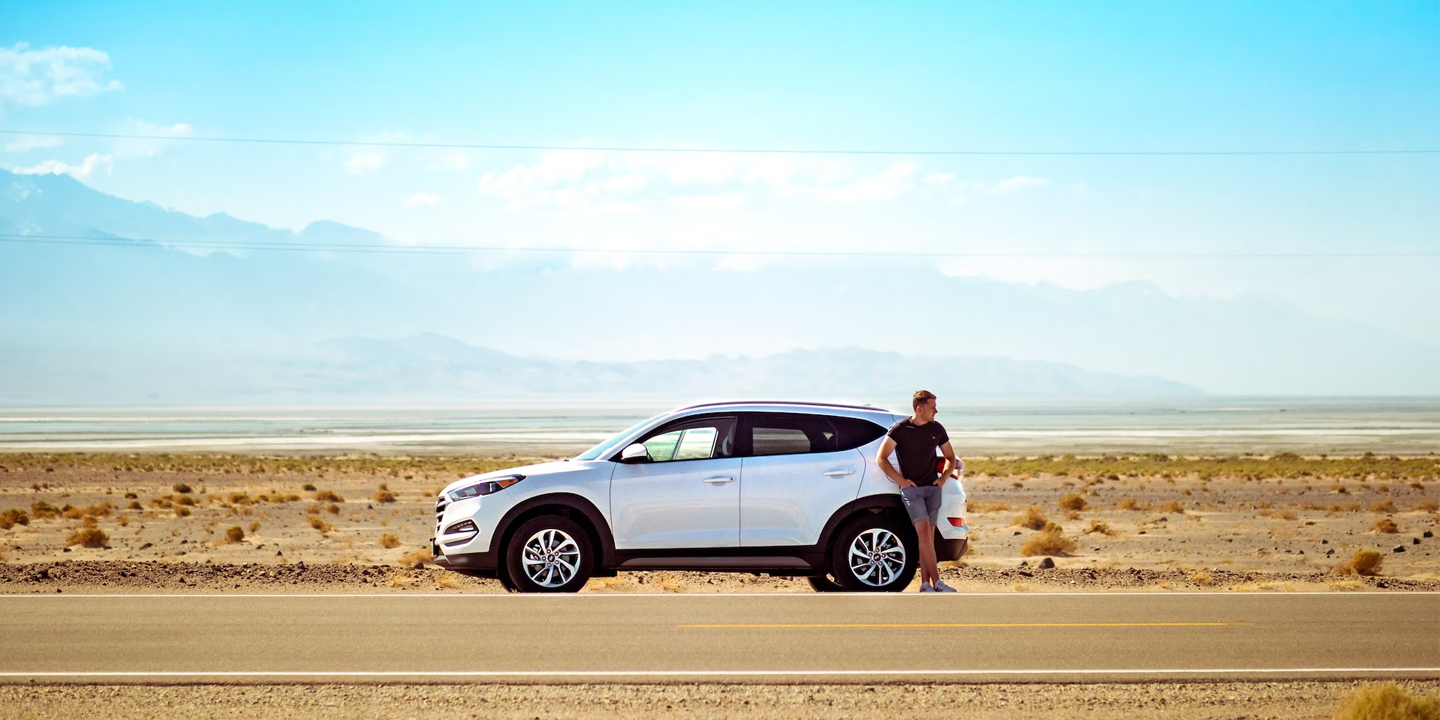Road Risk Radar
You probably don't realize how many risky moves you make during your daily drive. Most of us have picked up bad habits over the years that we don't even think twice about anymore. But the good news is that once you recognize these habits, fixing them becomes surprisingly straightforward. To begin with, let's look at 10 sneaky habits that put you in danger even if you don't realize it yet.
1. Texting While Driving
Despite widespread awareness of the dangers, over a quarter of drivers still type messages while driving. According to a poll by Insurify, 68% of Gen Z drivers admit to texting or engaging in other text-related distractions while behind the wheel.
2. Driving Under Influence
DUI remains one of the worst choices a driver can make. Modern vehicles offer numerous safety features, but none can counteract alcohol's effects on coordination and judgment. The risks multiply when considering that Gen Z drivers show the highest rates of impaired driving incidents.
3. Excessive Speeding
Driving too fast cuts reaction time and makes crashes far deadlier. In 2023 alone, speeding was linked to 29% of U.S. traffic deaths, killing nearly 11,800 people, based on NSC data. The faster you go, the greater the impact force.
4. Not Wearing Seatbelts
A three-second habit could save your life. This basic safety feature prevents heavy injuries during crashes. Teen drivers face the highest risks when unbuckled. Apparently, young men, especially during nighttime drives, are the most likely to skip this vital protection.
5. Running Red Lights
Blowing through an intersection after the signal changes is one of the riskiest driving habits. It endangers not only you but also pedestrians, cyclists, and other drivers. Ignoring signals often leads to high-speed crashes, turning intersections into highly hazardous spots.
6. Drowsy Driving
The battle against drowsy driving claims too many lives each year. Even experienced drivers can drift between lanes or miss critical road hazards when fatigue takes hold. Drowsy driving impairs judgment just as severely as alcohol does.
7. Tailgating
When folks aggressively follow too closely, they leave no room for sudden stops or emergencies. Tailgating creates a domino effect on highways and city streets. This reckless behavior ranks among the most dangerous driving habits. Shamelessly, countless motorists do it every day.
8. Aggressive Lane Changes
Those who dart between lanes craft chaos on highways and city streets. This aggressive behavior, often tied to road rage, forces others to brake suddenly or swerve. Safe driving means planning lane changes ahead of time and using turn signals consistently.
9. Ignoring Weather Conditions
Weather conditions affect road safety more than most people realize. Modern safety elements offer protection, but can't replace careful driving. Slippery surfaces reduce tire grip, while low visibility hides hazards. Safe driving means slowing down and increasing distance.
10. Failing To Maintain Your Vehicle
A poorly maintained vehicle becomes a dangerous weapon on the road. Ignoring dashboard warning lights and skipping regular maintenance checks can lead to sudden brake failures or tire blowouts. These mechanical issues often result in loss of vehicle control.
Now let's shift gears and focus on building better habits that actually stick.
1. Learn Defensive Driving Techniques
A proactive approach to driving safety starts with mastering defensive techniques. Smart drivers stay alert to their surroundings, anticipate potential risks, and maintain safe distances from other vehicles. Regular practice of these methods helps build lasting habits that prevent accidents.
2. Practice Regular Mirror Checks
Mirror checks should be an automatic habit, just like breathing. A quick scan of side and rearview mirrors every 5–8 seconds reveals potential dangers before they escalate. These frequent checks help detect vehicles, cyclists, and children.
3. Master The 3-Second Following Rule
The three-second rule stands as a critical safety buffer. By maintaining this gap, drivers have enough time to react and brake safely if needed. You just need to count "one-one-thousand" to "three-one-thousand" when the car ahead passes a fixed point.
4. Plan Your Route In Advance
A reliable route plan is every man's secret weapon. Taking time to map the journey generally prevents rushed lane changes and missed exits. Modern GPS apps make it easy to spot construction zones and traffic bottlenecks before setting out.
5. Prepare An Emergency Kit
Preparing an emergency kit in your car is essential for safety and readiness during unexpected situations on the road. A well-stocked emergency kit can help handle breakdowns, accidents, or severe weather conditions until help arrives. You can also store reflective warning triangles.
6. Use Turn Signals Consistently
Turn signals serve as your ride's primary means of communication with other drivers. By correctly signaling before turns and lane changes, drivers develop a safer road environment. This fundamental defensive driving practice avoids any confusion and helps everyone anticipate traffic movements correctly.
7. Take Regular Driving Breaks
The human body needs periodic breaks to maintain focus while driving. If you take 15 minutes to rest every couple of hours, it helps keep your reflexes sharp and attention levels high. Popular navigation apps now feature suggestions for rest stops.
8. Avoid High-Traffic Times
Traffic congestion during peak hours leads to dangerous driving conditions. It also makes it harder to react quickly and adds unnecessary stress to your journey. By adjusting your schedule to travel outside peak traffic, you can reduce risks and save fuel.
9. Learn To Use Your Vehicle's Safety Features
Today's vehicles pack powerful safety technology that can prevent accidents. The manual shows how to use features like adaptive cruise control and emergency braking correctly. Lane departure alerts and blind spot monitors add protection, but everyone needs to learn their capabilities and limits first.
10. Understand Traffic Laws Thoroughly
Every state has its own unique traffic regulations that drivers must follow. Knowledge of these laws helps predict other motorists' actions and avoid accidents. The safest drivers understand when to yield, even with right of way, putting accident prevention above being technically correct.




























